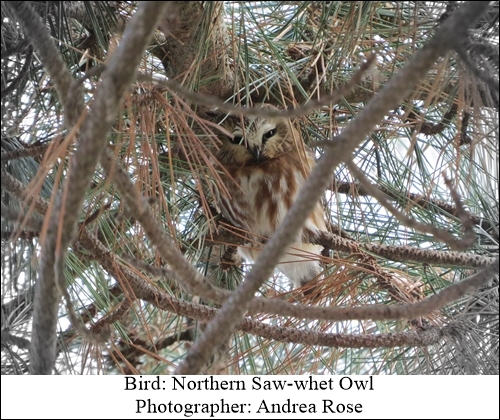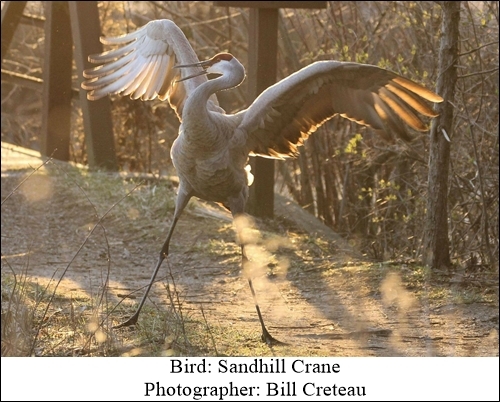November Nature Happenings

- Common Loons, Trumpeter Swans and Tundra Swans begin to appear. Did you know, Trumpeter and Tundra Swans (both with all-black bills) are native species, while Mute Swans (with orange bills) are not?
- Beavers are very active in the evenings while caching a winter supply of food. Did you know the North American Beaver can weight up to 70 lbs.?
- This year is predicted to be a good winter for Pine Siskins in our area. This is a winter finch for us, though we don't consistently see them each winter. They're appearance is usually indicative of a food shortage in their normal more northerly range. Click the names of the following birds, Pine Siskin and American Goldfinch, to see the differences between these similar looking birds.
- Waterfowl migration peaks this month. Scan the lakes for coots, grebes, teals, mergansers, and other waterfowl species.
- Open water is important if there's an early freeze. Put out heated bird baths for a winter water source.

- Project Feeder Watch starts and extends until April, www.birds.cornell.edu/pfw
- Bald Eagle migration peaks. Visit the Detroit River Hawk Watch site to observe eagles, hawks, and other migrating birds of prey.
- Numbers swell for wintering owls such as Northern Saw-whet, Long-eared and Short-eared Owls. The Northern Saw-whet Owl pictured below was an unusually cooperative individual who roosted in this particular tree for months!

- Eastern Monarch Butterflies reach their central Mexican overwintering sites starting in November.
- Peak number of Sandhill Cranes at Michigan sanctuaries (Phyllis Haenhle and Baker) by the end of the month.


